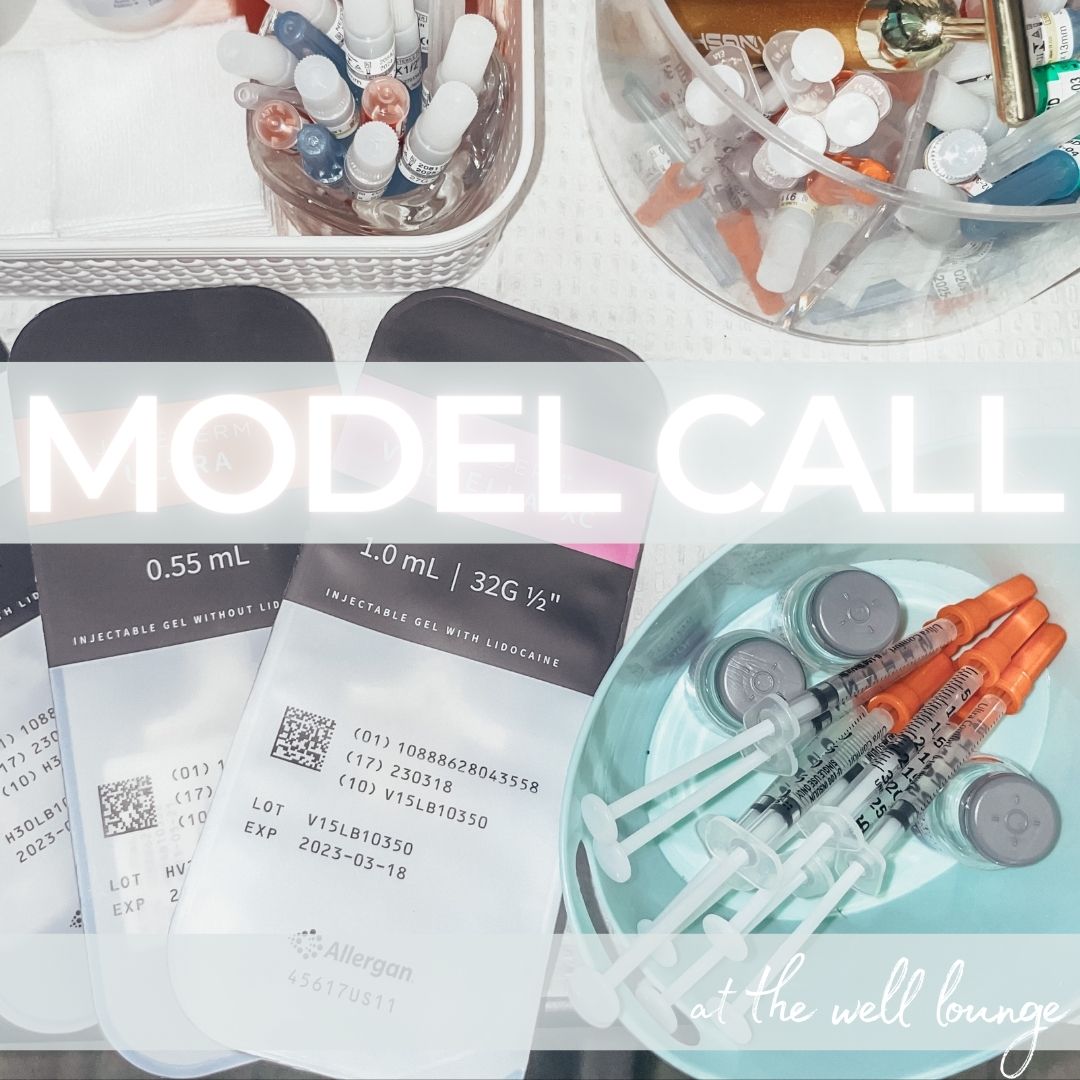MODEL CALL
Uncategorized,Well Lounge Events,INJECTABLES
May 30, 2023
Model Call
Apply to be a jawline enhancement facial sculpting model.
0 Comments1 Minutes
MODEL CALL: Jawline
Uncategorized,Well Lounge Events,INJECTABLES
February 9, 2023
Model Call
Apply to be a jawline enhancement facial sculpting model.
0 Comments1 Minute
How Can Facial Fillers Help You Look Your Best for the Holidays?
December 14, 2022
0 Comments3 Minutes




